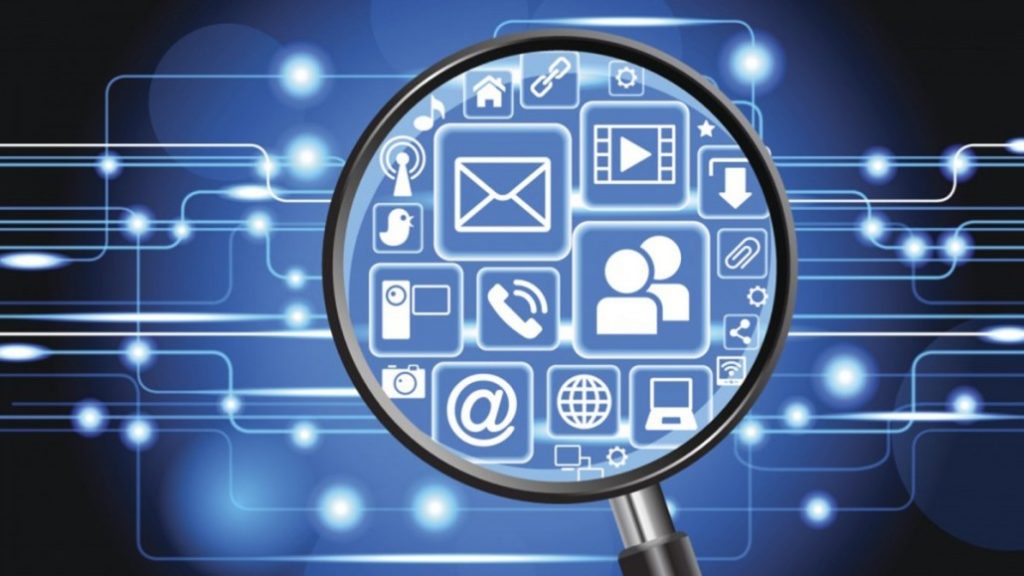- info@chenaniahsolutions.com


In today's mobile, multi-device and multi-channel world, digital intelligence is the ability to transform digital data into real-time, actionable, customer-centric insights. Digital intelligence solutions are designed to help law enforcement users deepen and enhance their digital intelligence. Agencies without a digital strategy need to rethink their investigative process. Technology is an integral part of our daily lives. However, criminals also exploit it to communicate, organize and commit crimes. Reliance on technology leaves behind “digital footprints” and a mountain of data that can contain incriminating evidence. We are authorized resellers providing the tools, training, and support to implement an end- to-end Digital Intelligence strategy. End users, can now access, manage and analyze forensically sound digital evidence, and effectively break down the silos across departments to close more cases successfully.

The term Computer Forensics is used to describe the art of collecting, preserving and analyzing digital evidence. Such electronic evidence may reside on a computer’s hard drive or be found on removable media such as a floppy disk, CD-ROM, backup tape or memory stick. During an investigation or civil litigation, electronic media cannot be overlooked. A sentence from a file deleted years ago, a reference to a recently visited web page, or an entry in an access log file may prove to be pivotal in your investigation. Yet digital evidence is extremely volatile. Merely booting up a computer can cause irrevocable changes to information resident on a hard drive and may threaten its use in court due to spoliation. If the proper handling of evidence could be crucial to your case, then the appropriate tools and procedures must be utilized when collecting and analyzing data resident on computers and their associated media.

If your case relies on knowing where a person was or what activity they were doing at a specific time acquiring their cellphone or mobile devices may provide that crucial information for your matter. Cellphones are not only mini computers and communication devices, they also serve as personal tracking devices that record your activities throughout the day. Much of this is done without the owner’s knowledge of all the different data points that are being collected from them and stored on their devices.
From the moment the cellphone is turned on your location gets tracked by the cellphone towers, GPS and any nearby wireless routers. This continues throughout the day as your location is continuously logged into databases on your phone and when recompiled can show a detailed account of where the device was and when it was there. Combine this with all of the application data that is being collected as to when an app was started, how long it was on and activities the user performed. Finally, throw in user generated messaging from email, text messages, photos and programs, the device provides a wealth of data that can be compiled by our experts to generate insightto better support your case.

Nearly half of corporations reported a cyber attack within the last year. That’s up from only a third two years earlier and there is no indication that this trend won’t continue. In fact, organizations are constantly being scanned and probed for vulnerabilities and weaknesses a hacker might be able to exploit. Having an organization that has a deep understanding of information technology security as well as one that has been involved in investigating incidents when they occur will better provide you with identifying where your greatest areas of risk lie and what controls can be put in place to address those risks.

We offer a complete range of services for finding and analyzing electronic documents, databases, and computers within a litigation or investigative context. Combining technology expertise with diverse dispute experience, we apply a project and risk management focus to our Electronic Discovery process. Combined with our full team of forensic and consulting services, Forensic Security Solutions can save significant amounts of money and time in handling your evidentiary ESI (electronically stored information).

When it comes to Electronic Discovery services, CSL excels at providing services outside of the norm. Services that your normal off the shelf software can’t accomplish. Services that require that out of the box thinking that occurs when you bring together data scientists, information analysts, e-discovery experts and computer programmers together.

Our multi-discipline data analytics process follows closely a system implementation and develop process combining methodologies for data warehousing, custom application development, information analysis and litigation support. It is not just about being database experts. Combing these disciplines is essential to once again winning the war of the experts and understanding how to present your results through:
Using powerful databases and systems configured for massive analysis, data from multiple sources is aggregated to a centralized location. Once there the data is transformed to a structure that will facilitate the analysis. Data within transactional systems such as your core business applications is structured in a manner that facilitates the completion of a transaction. The optimal structure for the completion of a transaction is not the same if the needs are to analyze the data. Such a system where data from multiple sources is integrated to a centralized location and the data is transformed to fit an optimal analysis structure is often referred to as a data warehouse.

You Always Get the Best Guidance with Chenaniah Solutions Limited